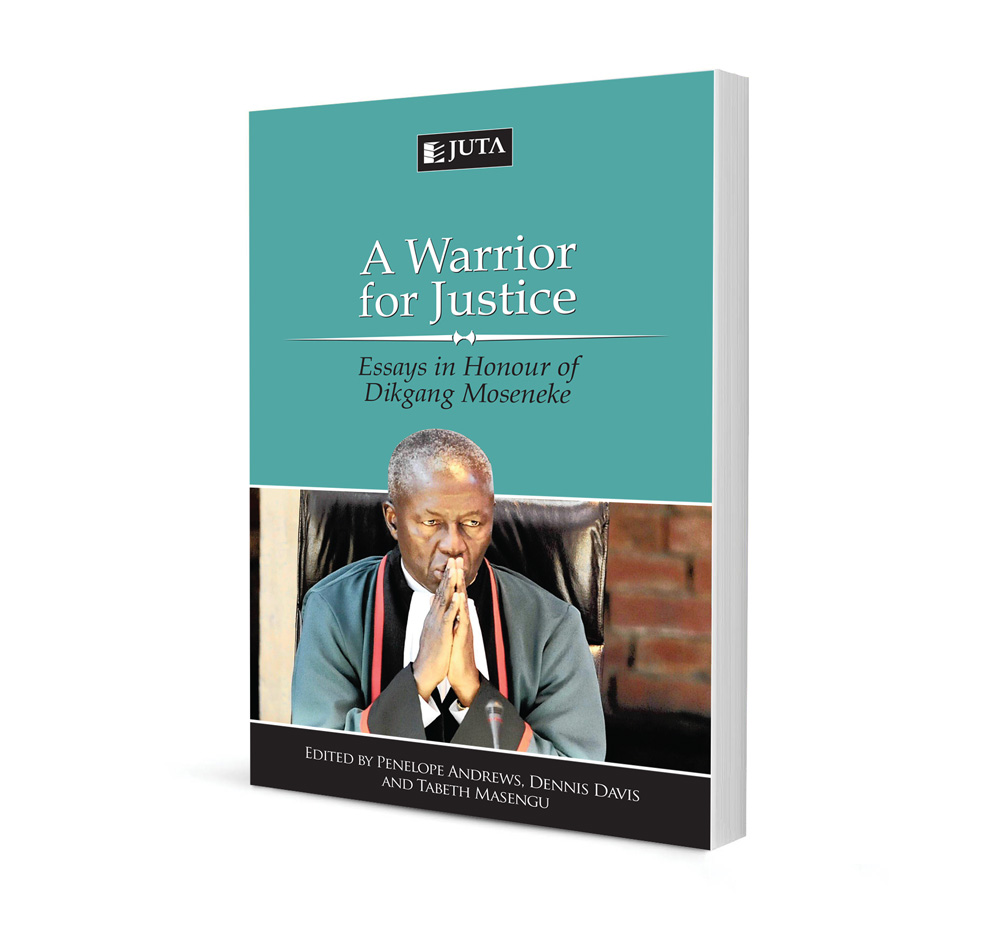
The Langa Court: Its distinctive character and legacy
Authors Theunis Roux
ISSN: 1996-2088
Affiliations: Professor of Law, University of New South Wales, Australia
Source: Acta Juridica, 2015, p. 33 – 74
Abstract
The composition of the South African Constitutional Court under its second Chief Justice, Pius Langa, was virtually identical to that of the post-2004 Chaskalson Court. Despite that, this tribute to the late Chief Justice argues, the two courts were different in several respects. For one, there was a marked increase in the dissent rate on the Langa Court, which may be explained in several ways, but which at the very least suggests that the judges were less concerned than they had previously been about presenting a united front. The Langa Court was also responsible for several doctrinal innovations, including the expansion of the court’s ‘meaningful engagement’ approach to socioeconomic rights. Most of all, however, the Langa Court will be remembered for its deft handling of the Zuma-Thint corruption cases. In case after case, the court successfully resisted being drawn into the political leadership struggle that dominated Langa’s term as Chief Justice. If there is still some uncertainty over the Langa Court’s legacy, this has to do with the judges’ decision to lodge a complaint against Cape High Court Judge John Hlophe for alleged interference in their processes. Pending the full hearing of that complaint, questions remain over the manner in which it was brought and the strategic wisdom of starting a procedure whose impact on the court’s independence was likely to be profound and yet at the same time difficult to control.